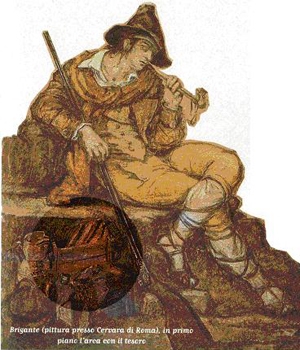IGNORANT
STUDENTS AND GRADE INFLATION, c.1450.
In the 15th century, Antonino
Pierozzi, Archbishop of Florence, listed these complaints about students:
- They attend classes but make no effort to learn anything.
- They defraud professors of their fees.
- On Sundays they don’t go to church. Or if they do, it’s not to pray but to watch girls and swap stories.
- They start fights.
- They get into debt and sometimes withdraw from the university without paying up.
- They spend the money they have from their parents or from churches on drinking, partying, gambling, and other unnecessary things, and return home broke and without knowledge.
German
universities saw a sharp decline in graduations at the beginning of the 16th
century. Their solution: lower the standards.
At the last graduation
there were only ten graduates, one professor reports in The Letters of Obscure Men. When we held the exams my colleagues talked
about rejecting certain candidates. Then I said: No way! If we reject anyone,
no one will come forward for examination henceforth, or even study for the
degree – they will all go to the poets. During one of the exams, he asked a
candidate:
Tell me, why don’t you give
me an answer?
He replied: Because I am
shy.
Hardly! I said, I think you are ignorant, not shy.
Then he said: By God,
no, Herr Professor, I have great knowledge in my head, but it won’t come out.
So I passed him.




